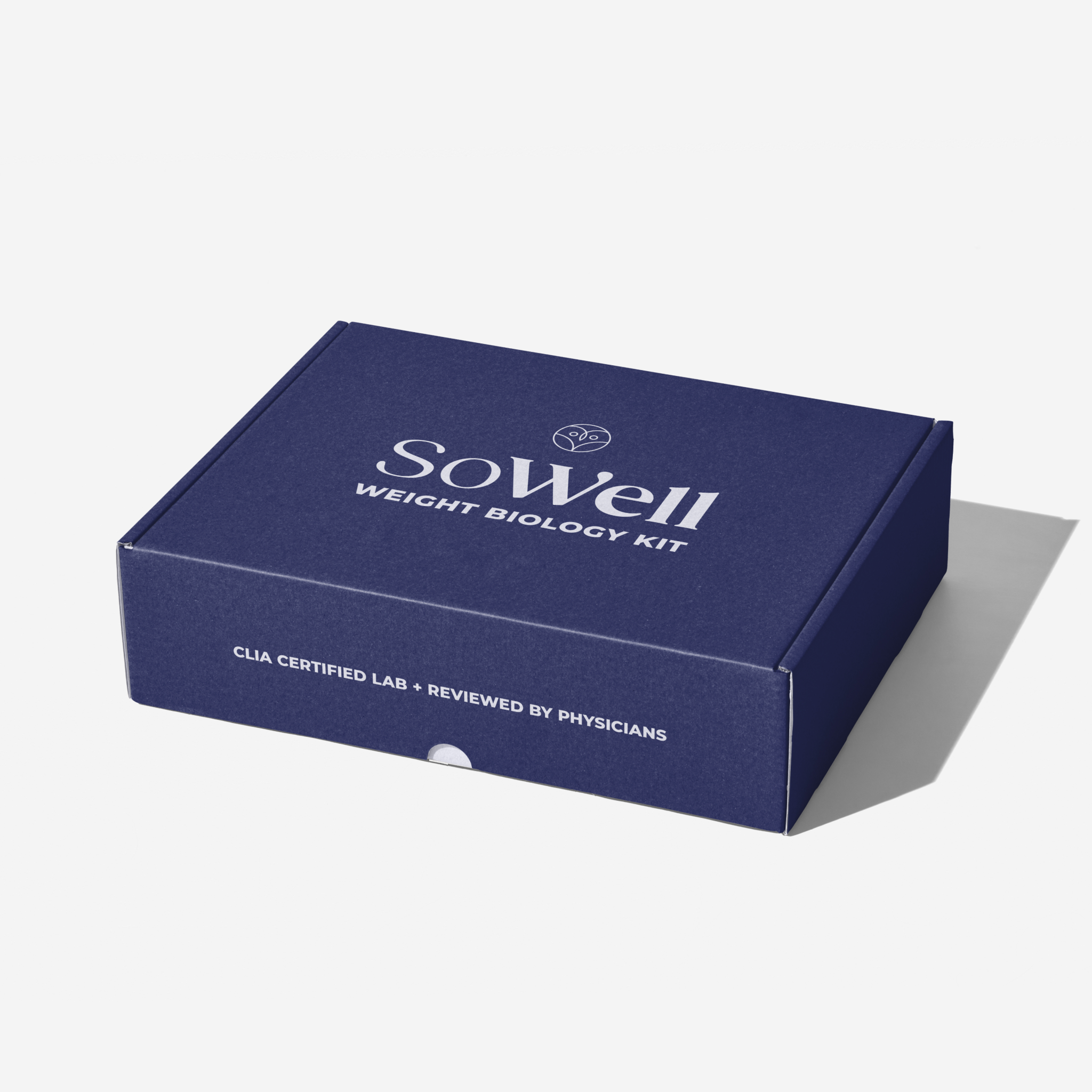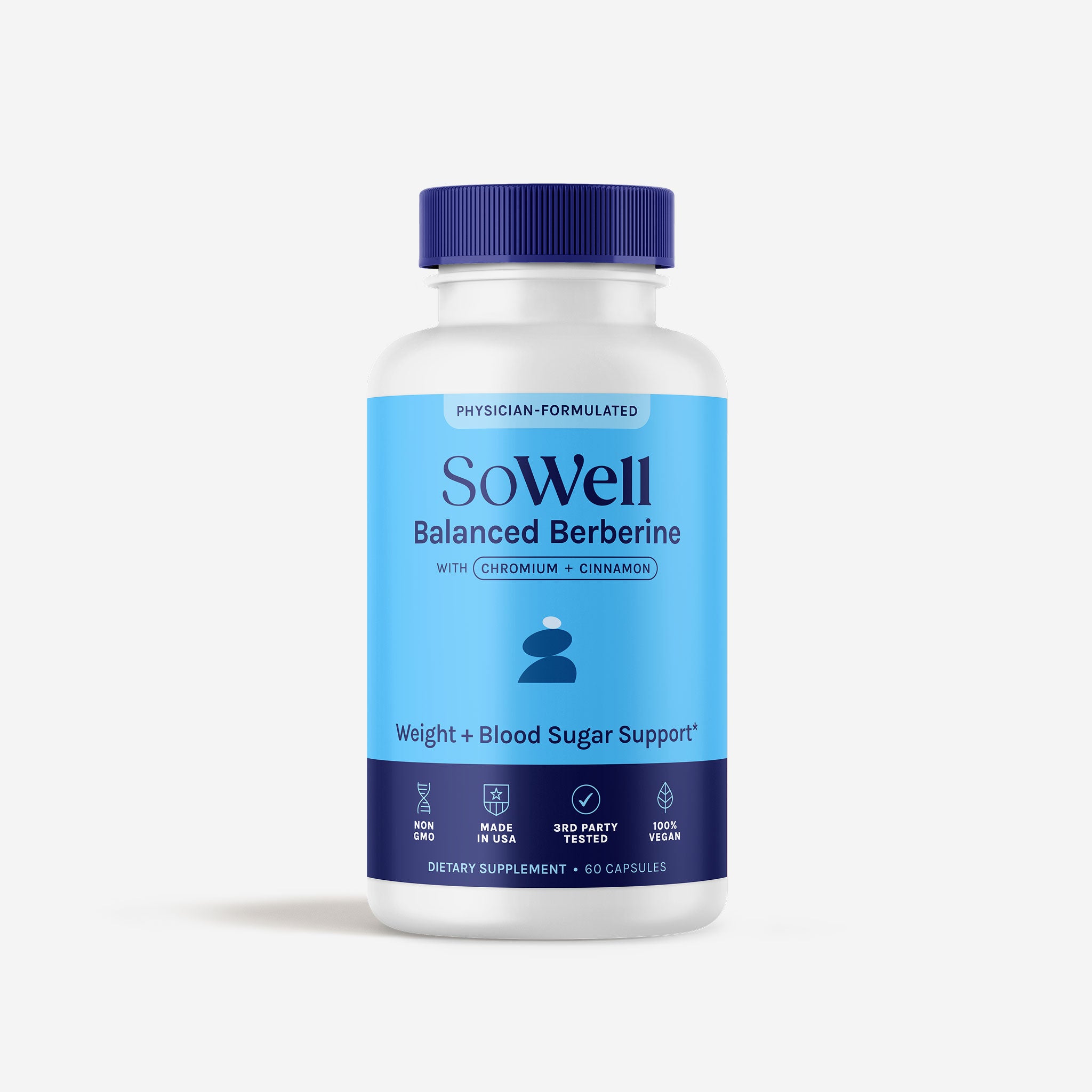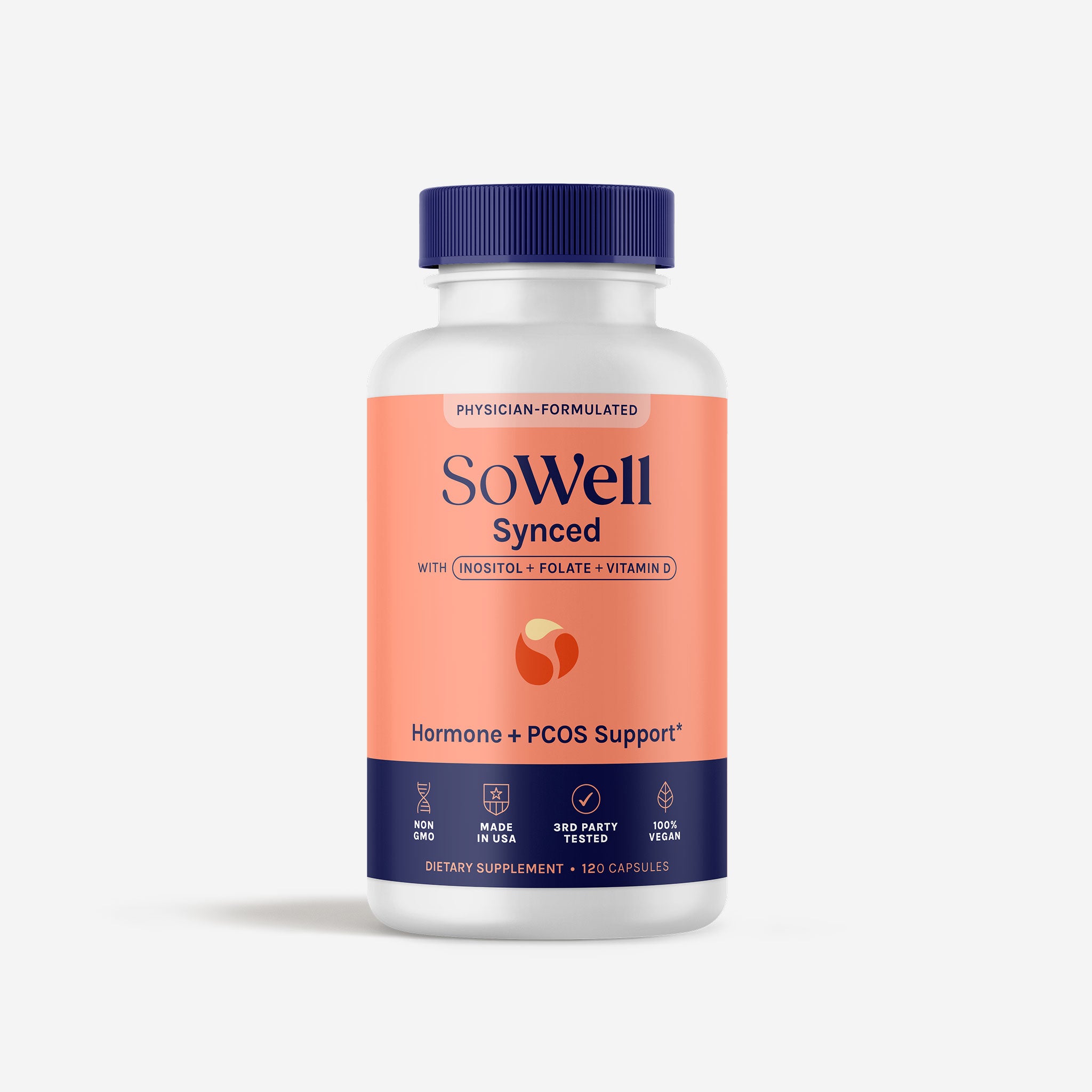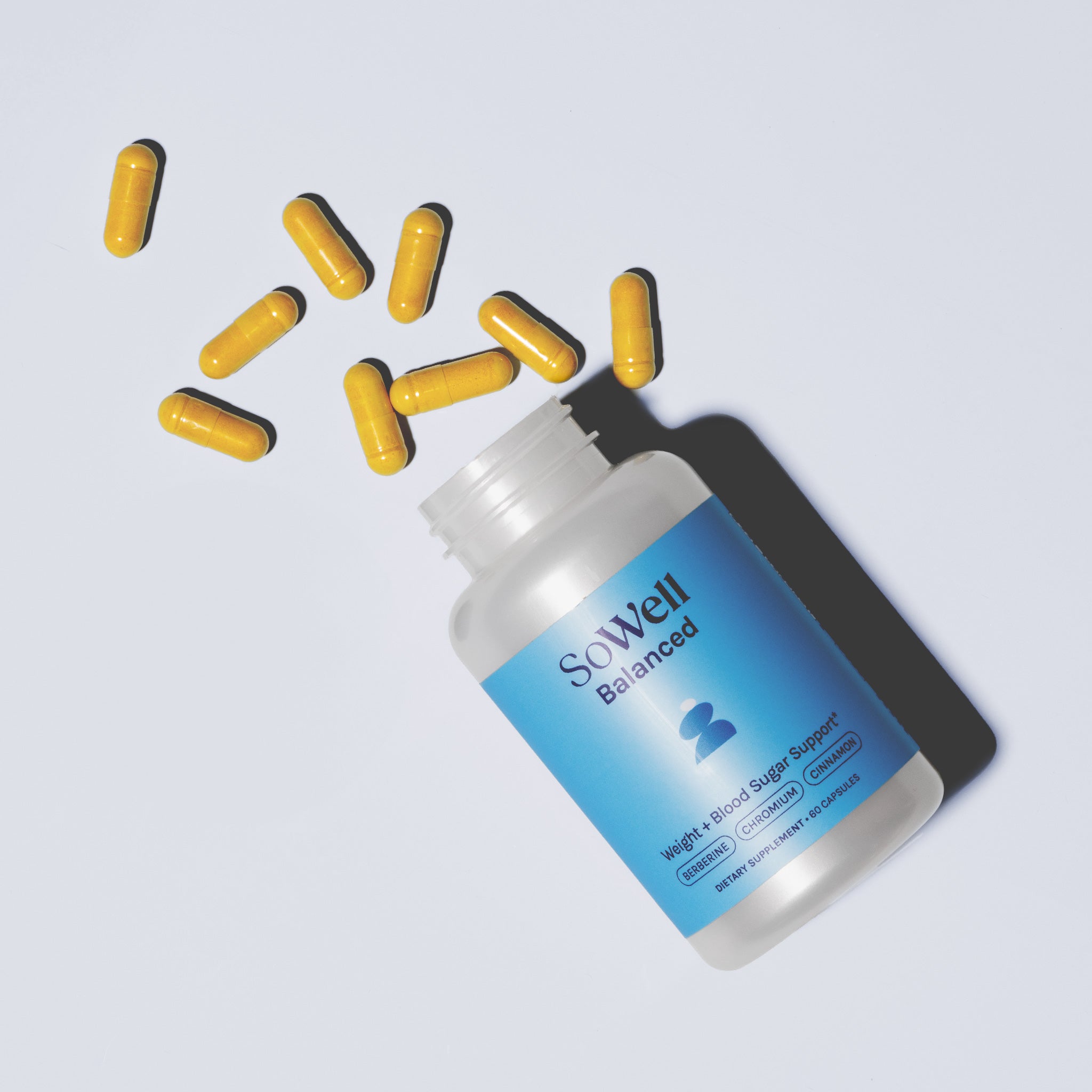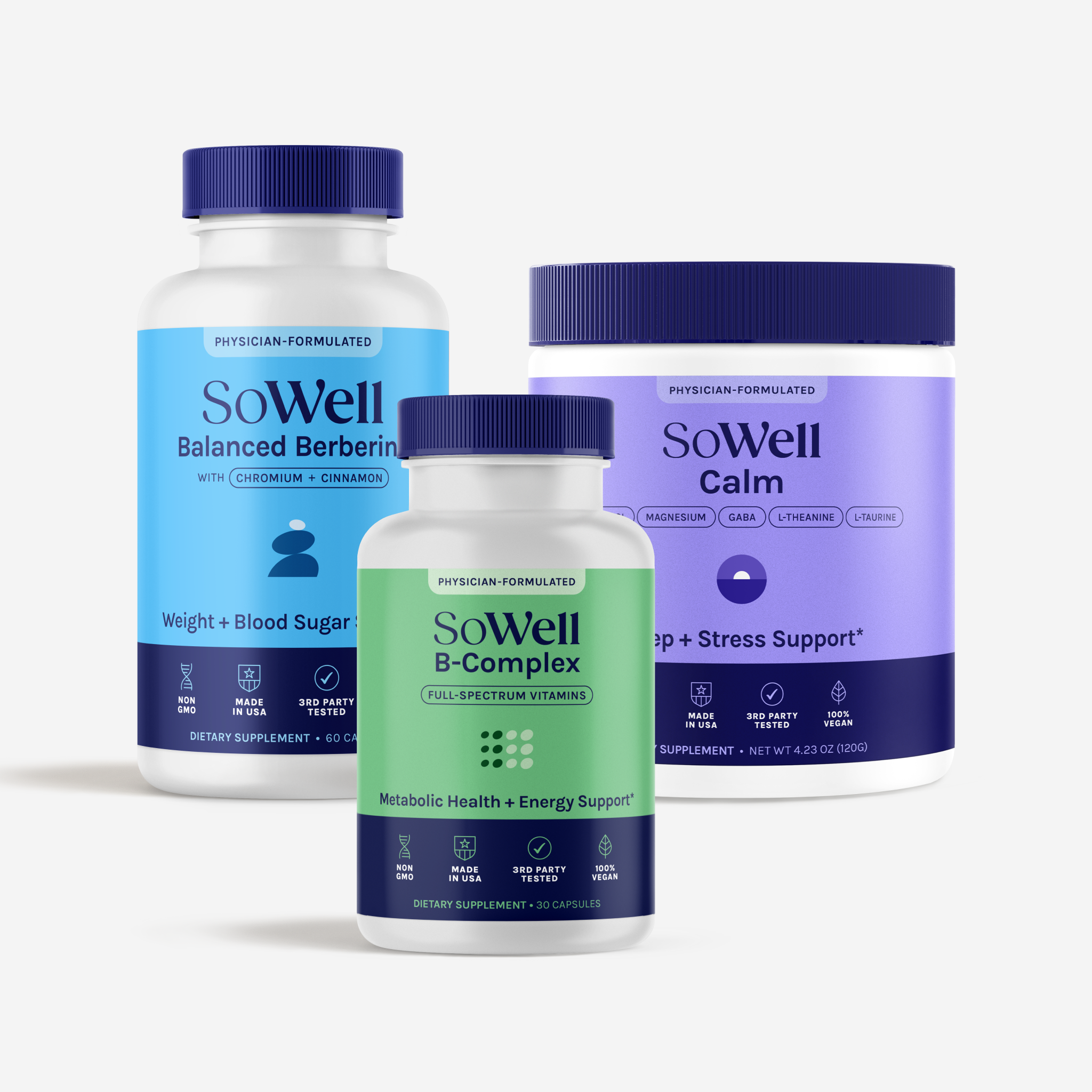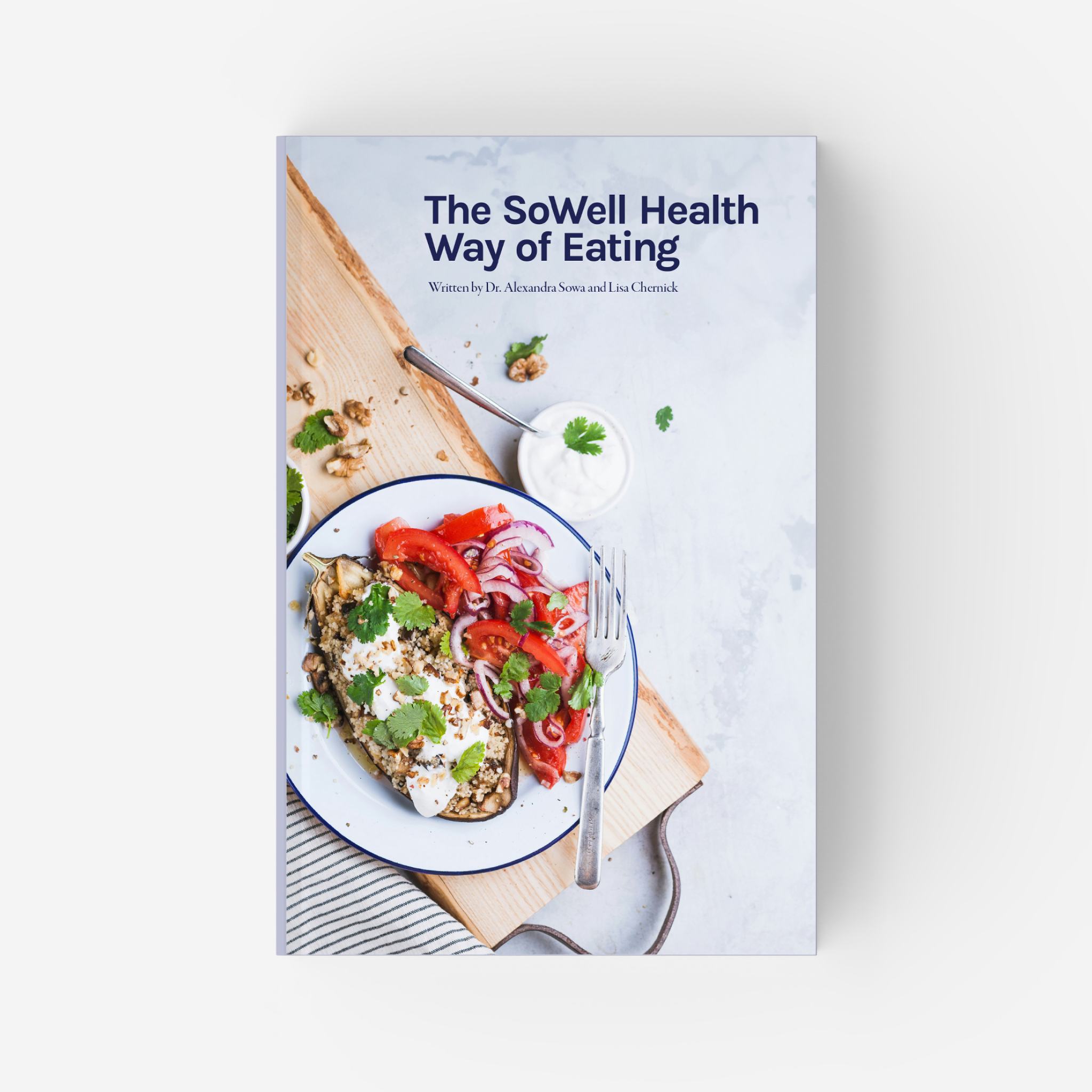
By Dr. Alexandra Sowa, MD, Internal Medicine & Obesity Medicine Specialist, Author of The Ozempic Revolution
A historic step — and a reminder that access is only the beginning
President Trump announced a landmark deal with Eli Lilly and Novo Nordisk to significantly lower the cost of GLP-1 medications — the revolutionary class of drugs that includes Ozempic, Wegovy, and Zepbound.
And while I’ve disagreed with parts of this administration’s approach to science and public health — including positions on vaccines and autism — I welcome this move and what it could mean for patients.
As a physician who has prescribed these medications for more than a decade (and wrote the first book on how to succeed on them), I know that for millions of Americans struggling with obesity, diabetes, and metabolic disease, affordability has been the single biggest barrier to care.
But while this announcement is a critical first step toward equitable access, it’s not a cure-all. There’s still a long road ahead to make these medications truly accessible, affordable, and integrated into long-term health strategies.
Why I'm encouraged
1. A broader coalition is forming
What this is: When both political parties recognize that obesity is a medical disease - not a moral failing, it signals that the national conversation is finally catching up to the science.
One of the most surprising and hopeful shifts came from Robert F. Kennedy Jr., who recently acknowledged that GLP-1 medications "have a place" in obesity care. This is quite a shift from his previous comments that Americans were an easy marketing target for drug makers "because we are so stupid and addicted to drugs."
True progress requires bipartisan understanding that metabolic health is public health.
The Political Shift:
2. These drugs do far more than lower the number on the scale
What this is: GLP-1 medications are not simply "weight-loss drugs." They are metabolic-health therapies with significant disease-modifying potential.
Just a few examples of their big impact:
Proven Metabolic Impact:
3. Structural change is finally on the table
What this is: This deal represents more than a discount it signals a structural shift in access:
Key Components of the Deal:
🕒 Timeline: When Lower Prices Take Effect
(Based on official White House and HHS communications.)
Patients may see lower out-of-pocket pricing as early as January 2026 for cash-pay, and by summer 2026 under Medicare.
Expected Rollout:
Where We Still Fall Short
1. Even "lower" prices are still too high
Higher therapeutic doses - especially for drugs like Zepbound - still cost around $449/month for cash-pay patients. That's improved...but still a barrier for long-term treatment.
2. Coverage criteria remain outdated
Many insurers still rely on BMI-based rules, typically requiring:
These criteria exclude many people who would benefit from early metabolic intervention.
3. Adherence and continuity remain fragile
Patients still face:
Consistent access is essential to achieving and maintaining long-term benefits.
4. Equity, stigma, and systemic barriers persist
Those most affected by obesity often have the fewest tools, least access to specialized care, and the biggest structural barriers. Medication alone cannot close those gaps.
What This All Means — and Where We Go From Here
If GLP-1s deliver on their promise, America could see fewer heart attacks, strokes, dialysis starts, cancers, and dementia diagnoses the chronic conditions that cost the most in suffering and in dollars. Lower prices and expanded coverage could open the door to real metabolic health change.
But these medications work best when paired with consistent access and comprehensive care (including nutrition and education) the exact areas where SoWell helps patients thrive.
This pricing deal is a major step forward - but it's just the beginning. As access expands in 2026, we have a rare opportunity to reshape how we treat obesity and metabolic disease. Our job now is to turn improved access into improved outcomes for everyone.




